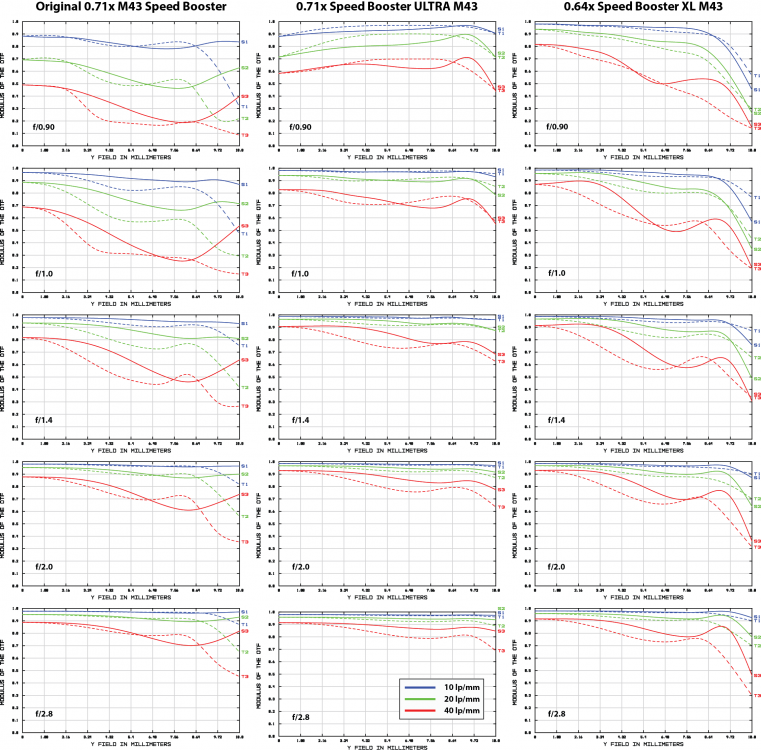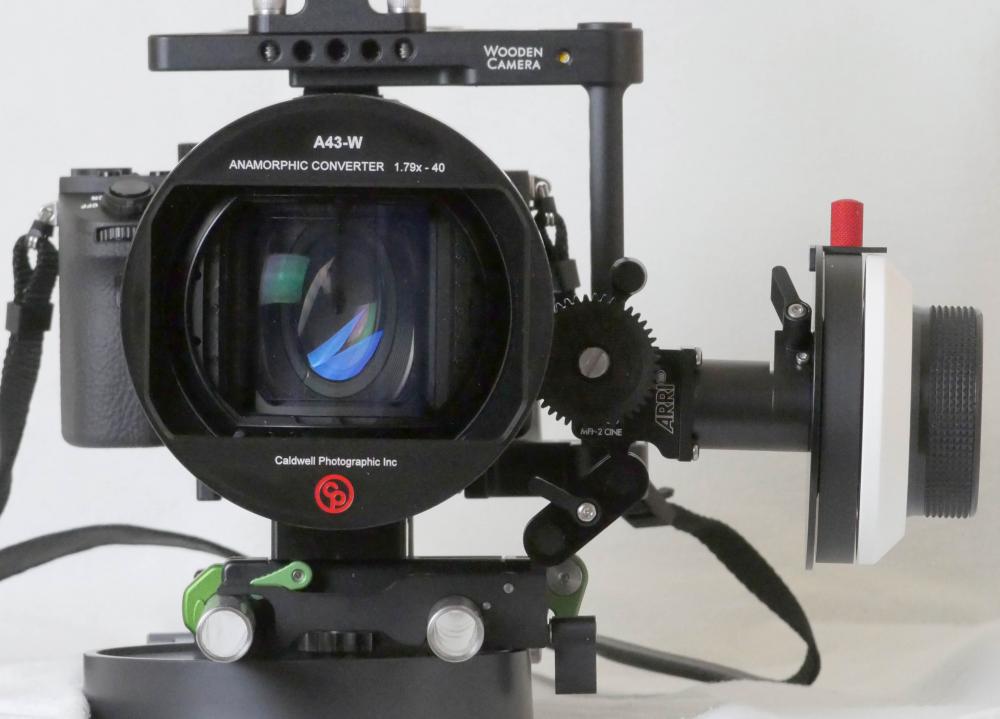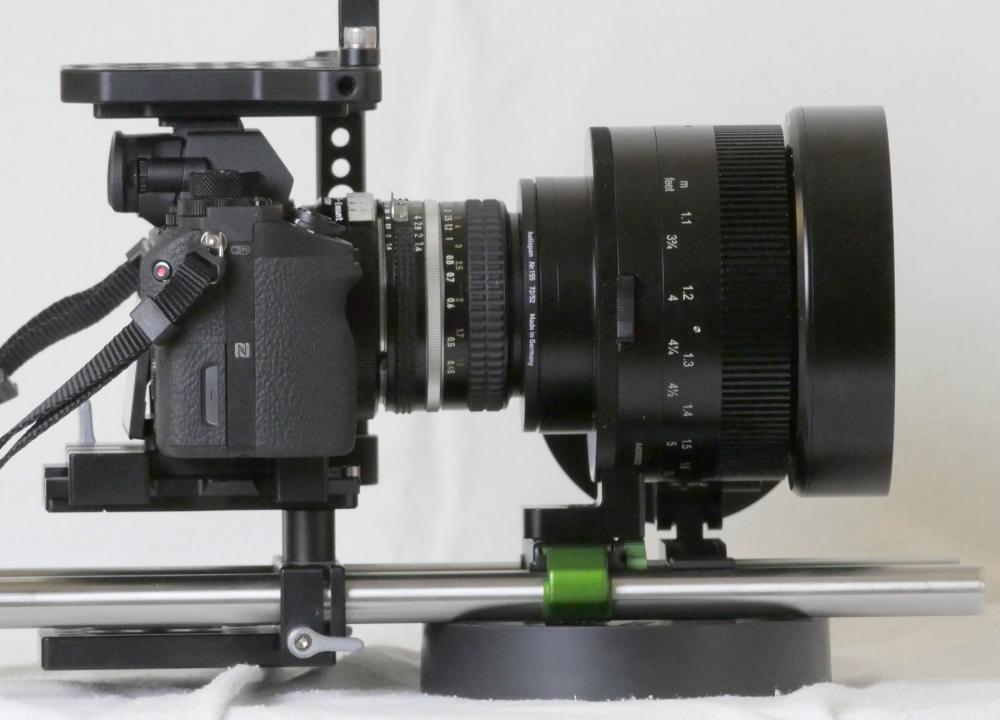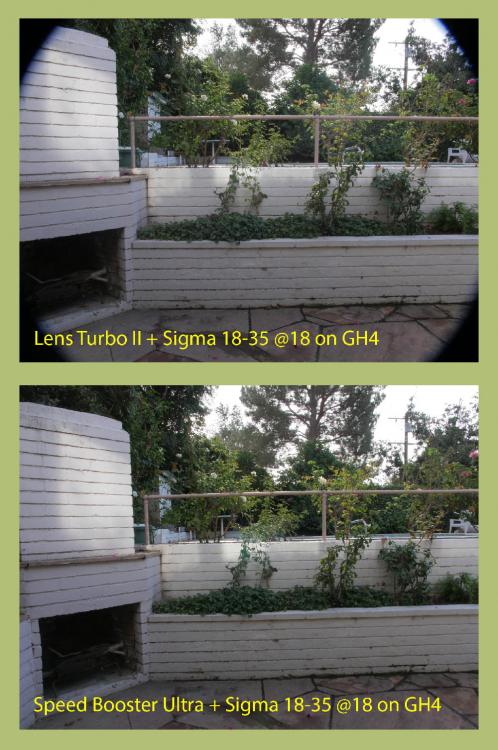
Brian Caldwell
-
Posts
153 -
Joined
-
Last visited
Brian Caldwell's Achievements

Active member (3/5)
256
Reputation
-
Brian, I'm a big fan of your Speedboosters. I understand you are working on anamorphic primes that will uniquely take 4:3 to 2:39? What price range are you aiming for with those?
-
Hi Sage:
For anamorphic I'm doing what I can to keep costs under control. However, I'm using a Panavision-style focusing system which requires a pair of counter-rotating cylindrical astigmatizers precisely linked to the rear focusing lens. Tolerances on the rotation mechanism are just a few arc-minutes, so the mechanical complexity is similar to a clock! As a result, these can't be low budget items, but they certainly will be vastly cheaper (and better!) than, say, Hawk.
-

-









